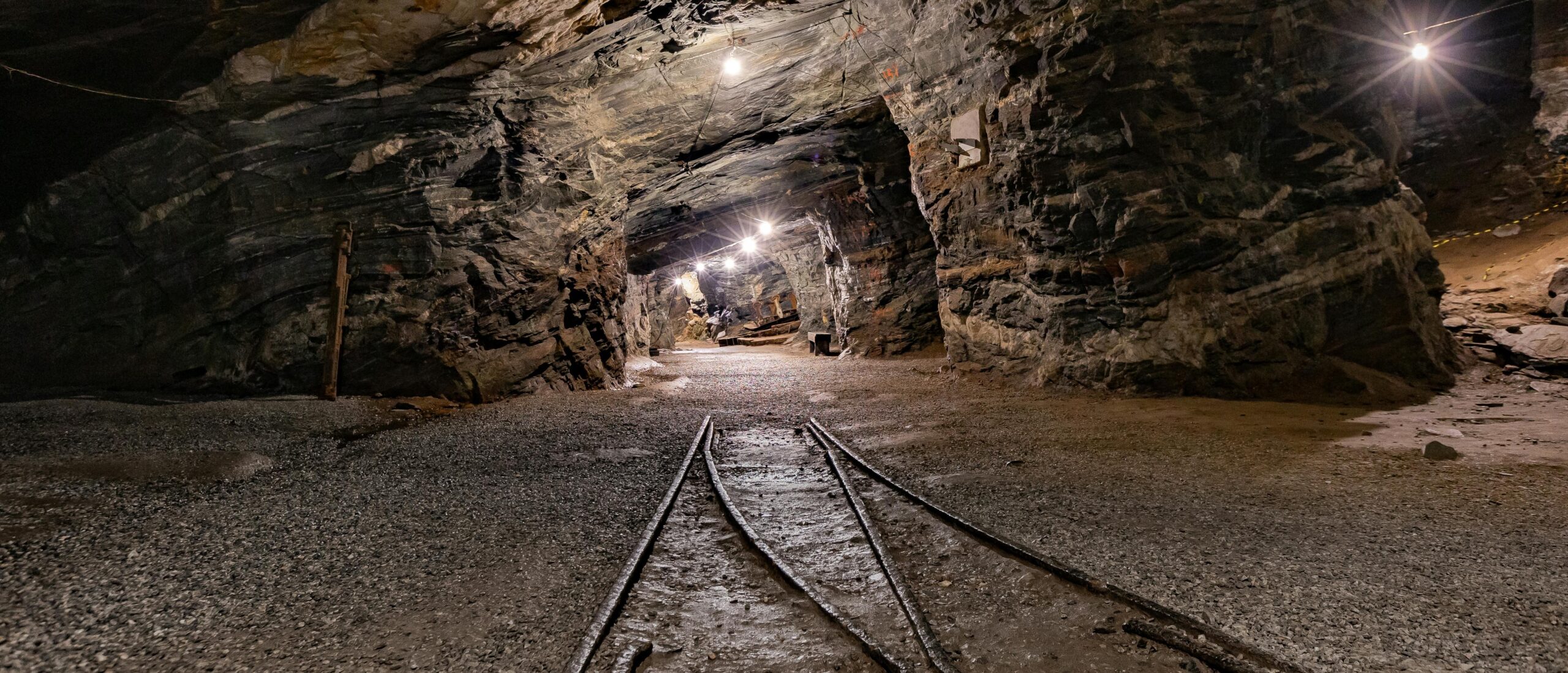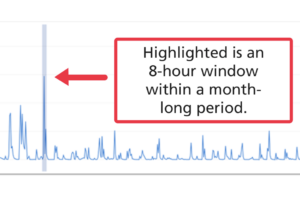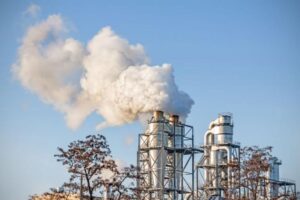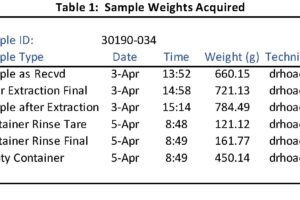Methane, a potent greenhouse gas, has been increasingly targeted by regulations and charges aimed at reducing its release into the atmosphere. In the coal industry, where methane is often released during operations, methane waste emission charges have become a central mechanism to control and reduce these emissions.
Understanding Methane Waste Emission Charges
In the U.S., the Inflation Reduction Act (IRA) of 2022 includes provisions for methane emission charges targeting the oil, gas, and coal industries. There can be additional state or regional regulations as well.
Methane waste emission charges are penalties in the form of fines or fees imposed on companies for the amount of methane they emit during their operations. These charges aim to provide a financial incentive, in the form of avoiding these penalties, for companies to either reduce methane emissions through improved practices or by employing new mitigation technologies.
When is methane released in the coal industry?
Methane is released during active mining operations. This is especially true in underground mines where coal seams contain trapped methane which is released during the mining process. Methane can continue to escape from coal even after it is mined. For instance, methane is released when coal is stored in piles or transported. Abandoned mines are another concern. Even after coal mining operations cease, abandoned mines can continue to emit methane for prolonged periods.

Methane Waste Emission Charges
In the US Inflation Reduction Act (IRA) of 2022, Methane emissions are charged based on volume, with charges kicking in for companies that emit more than 25,000 metric tons of CO2-equivalent (CO2e) methane annually. CO2 equivalent methane (CO2e CH4) is a measure used to express the impact of methane emissions in terms of their global warming potential (GWP), relative to carbon dioxide (CO2). According to the US Environmental Protection Agency, Methane (CH4) has a much higher warming effect than CO2. Over a 20-year period, methane has a GWP of about 84-87 times that of CO2.
Methane Volume & Charges
The US EPA has established an escalating schedule with charges increasing over time. These rates are based on the volume of methane emitted beyond the 25,000 metric ton CO2e threshold:
- For 2024 the methane charge will start at $900 per metric ton.
- In 2025 the charge will increase to $1,200 per metric ton.
- In 2026 and beyond the charge will rise further to $1,500 per metric ton.
These escalating fees are designed to further encourage coal companies to invest in methane capture and other mitigation technologies as the penalties will grow much steeper over time.
Reporting and Compliance Requirements
To ensure compliance, coal companies must submit annual reports detailing their methane emissions to the Environmental Protection Agency (EPA). These reports must include the total amount of methane emitted, measured in metric tons, and converted to CO2-equivalents (CO2e).
Methane emissions data must also be verified through third-party audits or EPA inspections to ensure accuracy and compliance.
Companies are required to install and maintain methane detection and monitoring equipment to provide reliable emissions data. Having precise equipment capable of providing accurate, defensible and repeatable data is key to ensuring that the energy company is not only meeting the regulatory requirements, but also in verifying the company’s mitigation efforts are working as expected, and that the company is not paying more than is necessary in fees.
If a company’s methane emissions exceed the 25,000 metric ton CO2e threshold, it must calculate the excess emissions and apply the appropriate methane charge based on the rates set for that year. Companies are required to keep detailed records of their emissions, reporting practices, and any mitigation efforts they implement. These records may be subject to review or audits by the EPA.

Opportunities for Methane Reduction in the Coal Industry
Methane waste emission charges not only impose costs on companies that fail to reduce emissions but also provide an opportunity for innovation and investment in cleaner technologies. There are many ways companies can reduce their methane emissions.
Companies can invest in Methane Capture Systems. These systems help companies to capture and store methane before it escapes into the atmosphere. This captured methane can be repurposed as an energy source, reducing emissions and turning a financial liability into a potential asset.
Companies can also improve underground mine ventilation systems, which reduce methane concentrations in several ways, minimizing the amount of methane that escapes during mining operations.
Adopting advanced methane detection and monitoring technologies will allow companies to identify and fix methane leaks more efficiently, reducing overall emissions and potential charges.
Conclusion
By imposing financial penalties on methane emissions, the government states the aim is to incentivize coal companies to adopt cleaner technologies and reduce their methane output. As the charge rates increase over time, companies must take action to mitigate methane emissions or face escalating costs.
For the coal industry, the road ahead involves balancing operational needs with environmental regulation. With the right investments in methane capture and reduction technologies, coal companies can minimize their exposure to methane waste emission charges.
Time To Act
For a stakeholder in the coal industry, now is the time to act on methane emissions. It is important to stay ahead of rising charges by investing in methane capture technologies and upgrading ventilation systems.
CleanAir can help by assessing your application, designing and implementing methane monitoring systems and providing detailed reporting solutions. Stay tuned for more information in a future post or request that we contact you.
For more insights on our solutions, methane regulations, environmental policies, and innovative technologies, keep following our blog!







